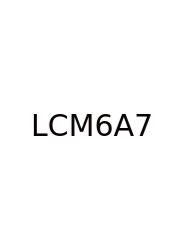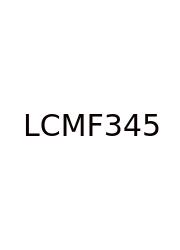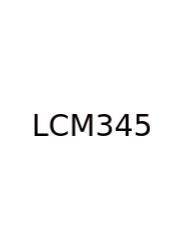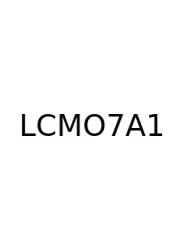Difference Between Mutually Exclusive And Independent
Imagine you re at a crossroads pondering two paths One leads to a guaranteed win in a lottery where only one person can win and the other offers a high paying job if you ace a specific interview Winning the lottery certainly affects your need for the job doesnt it These scenarios though simplified t
Click here to continue reading this article...








